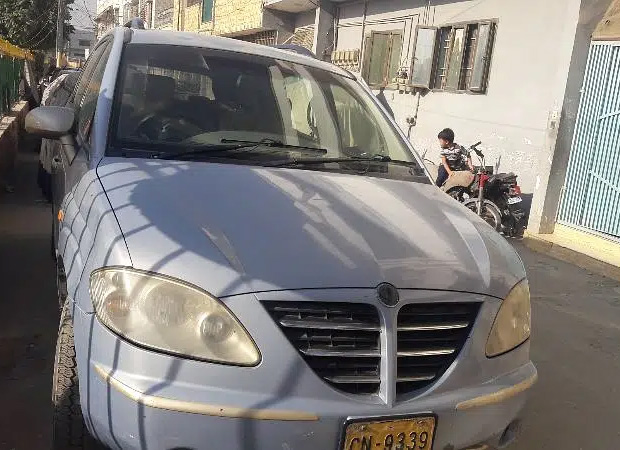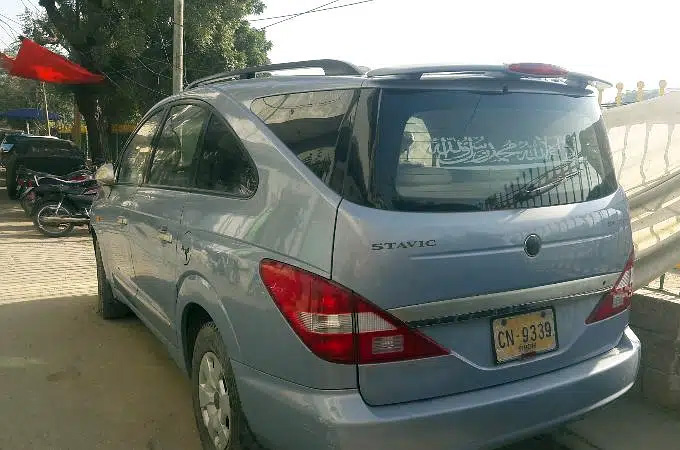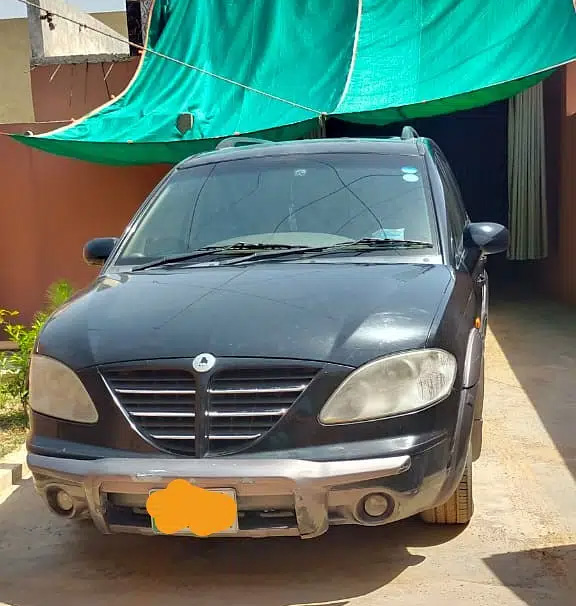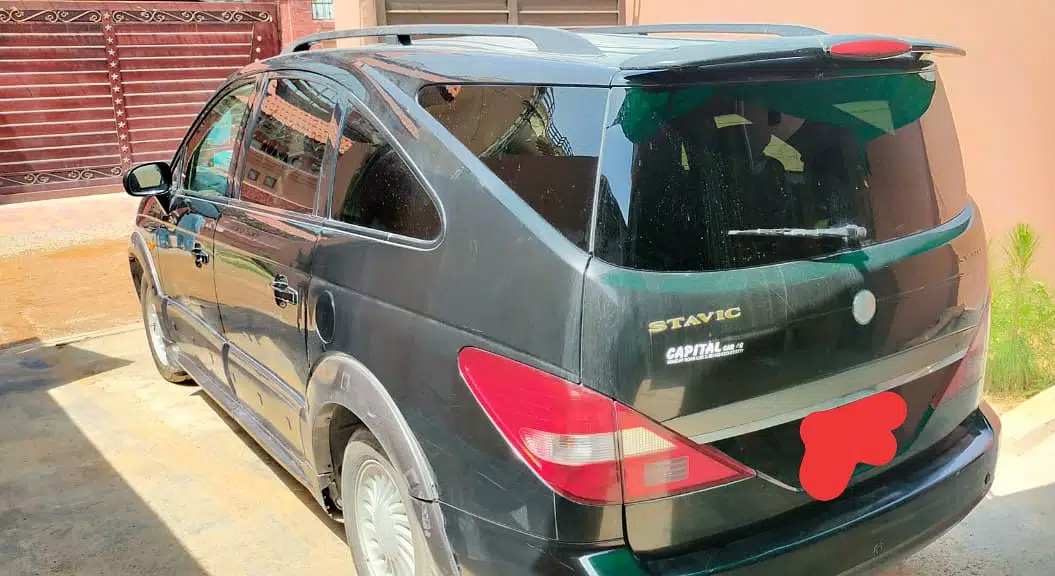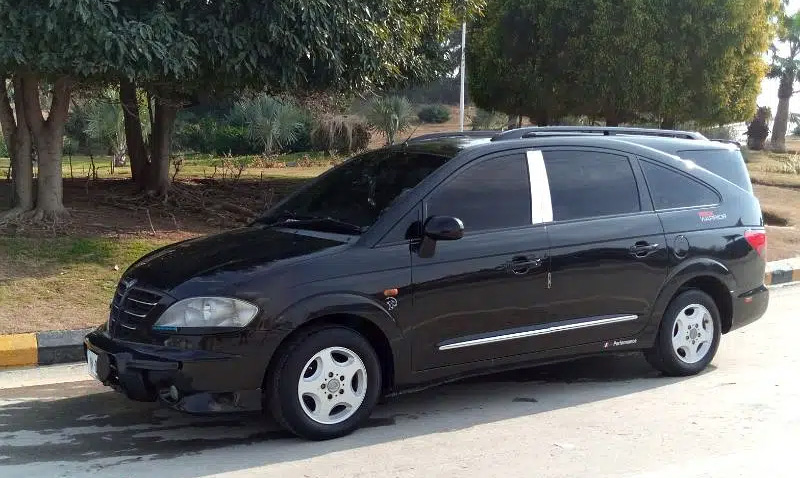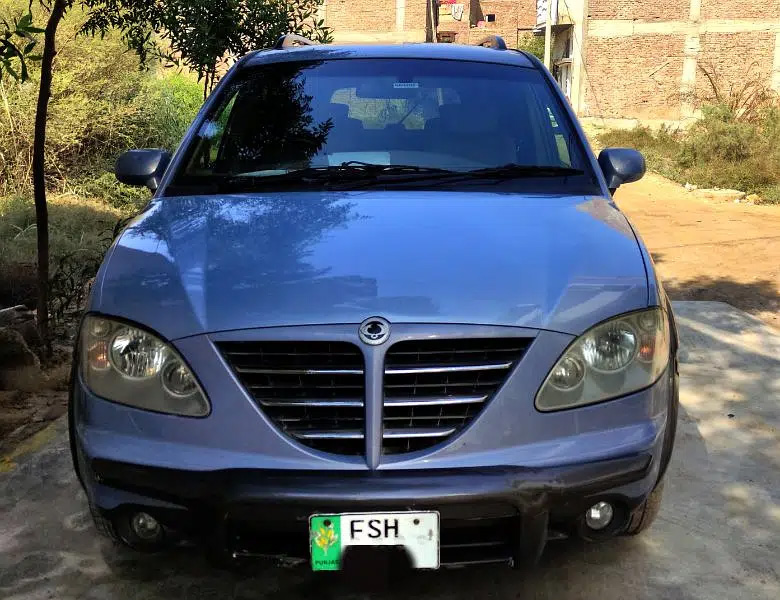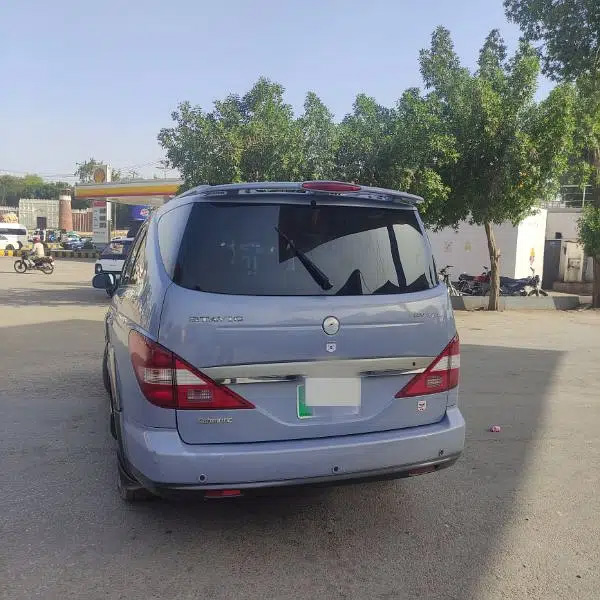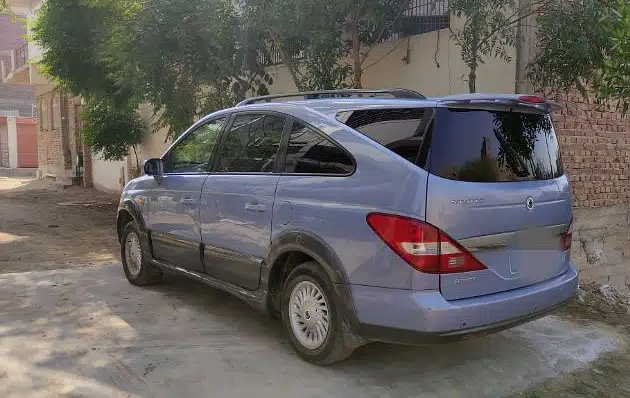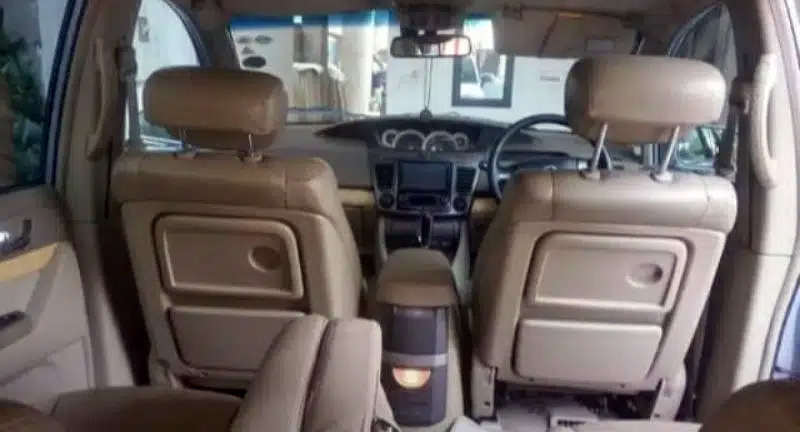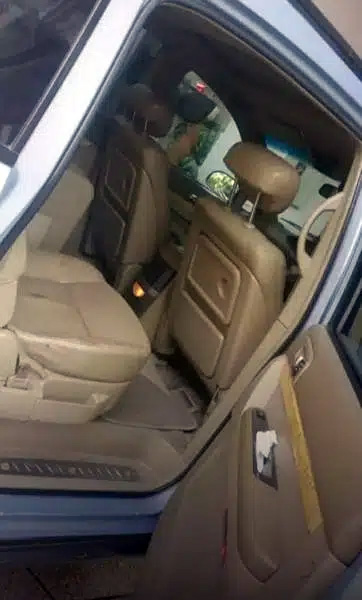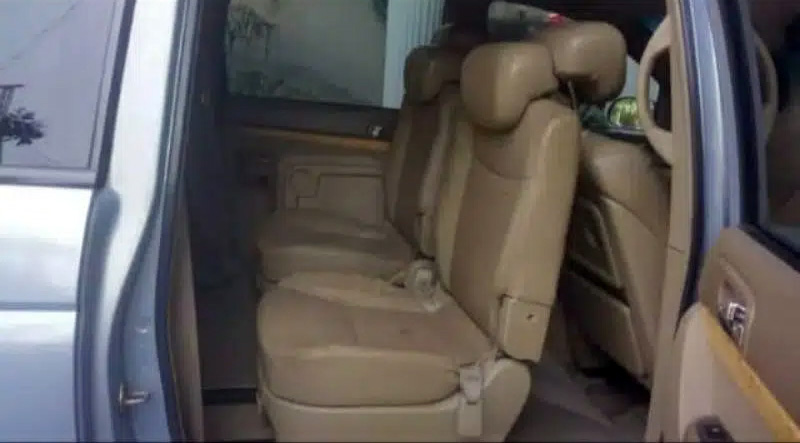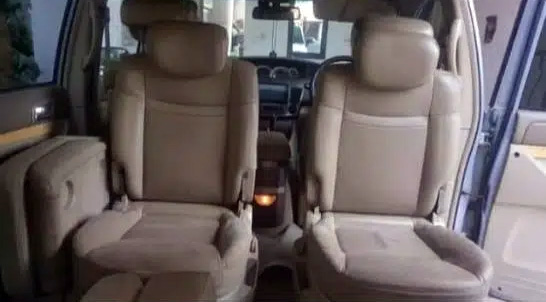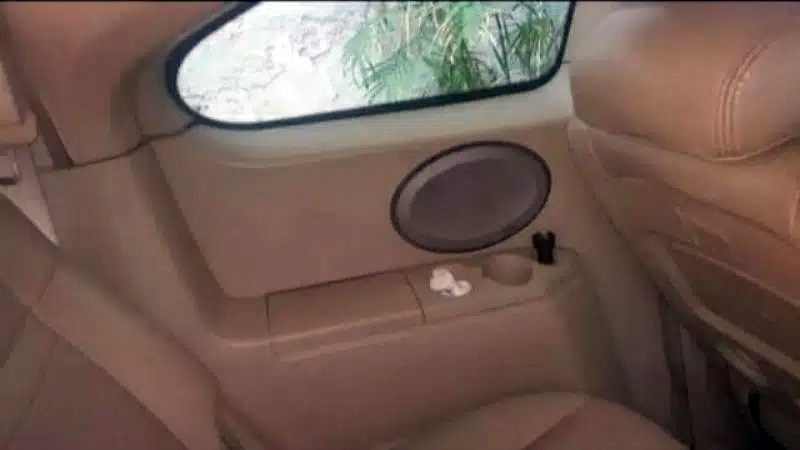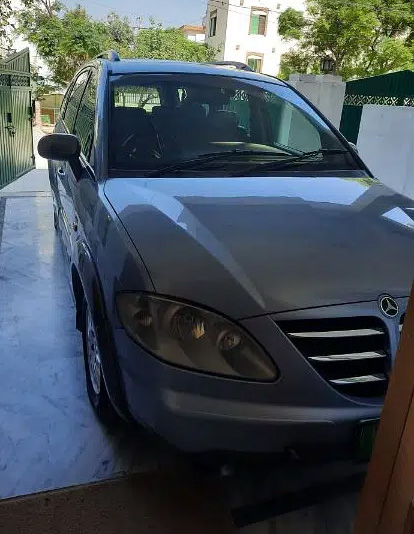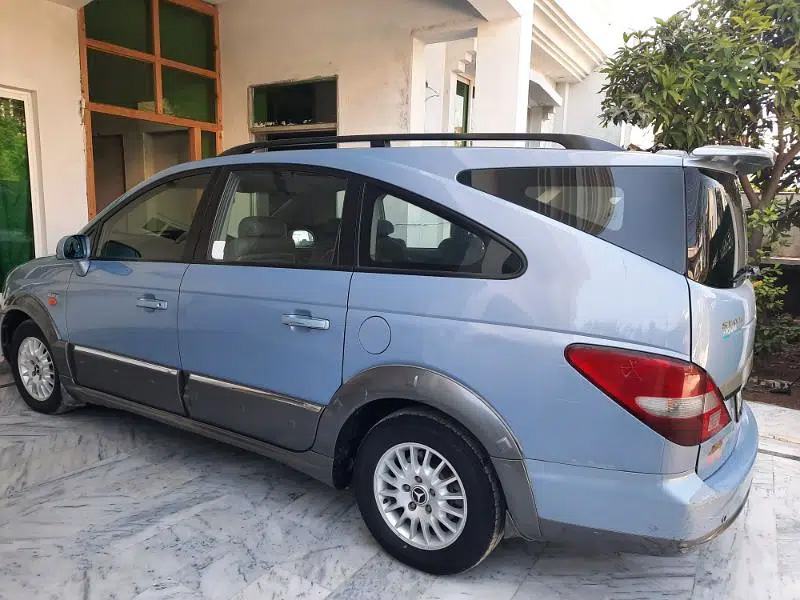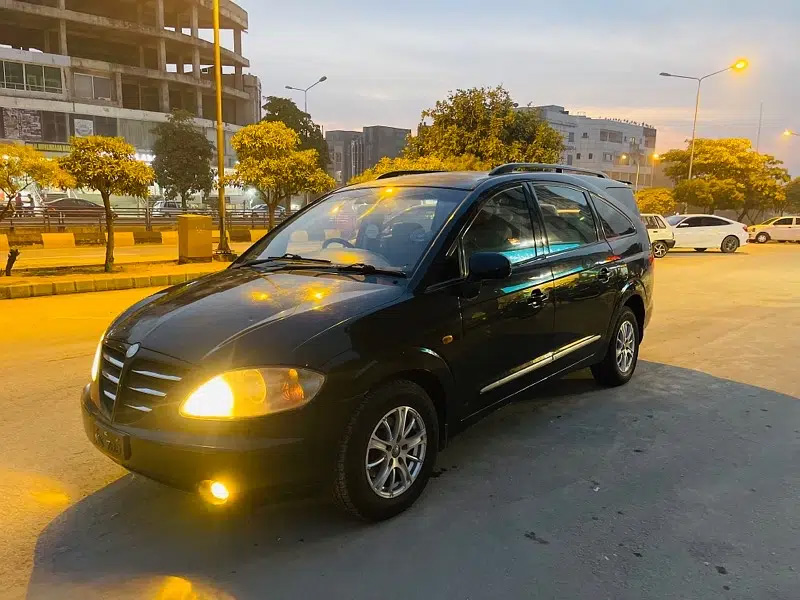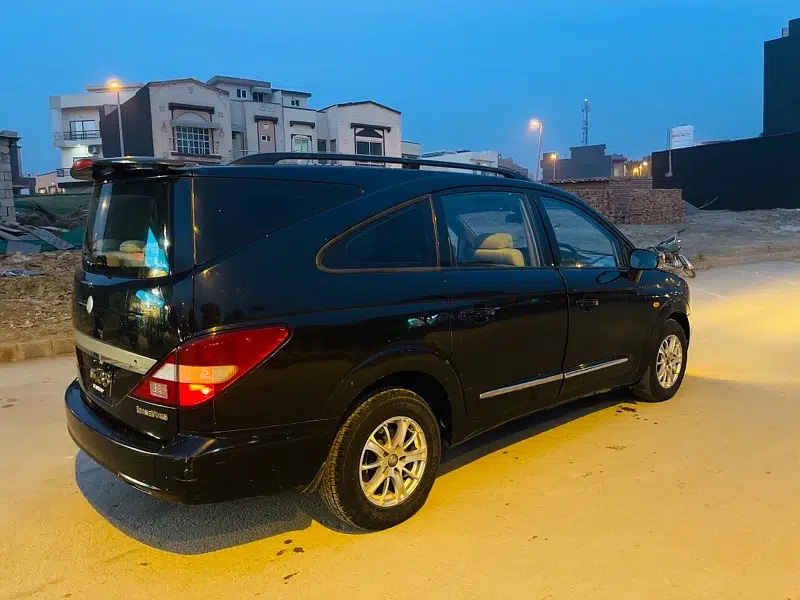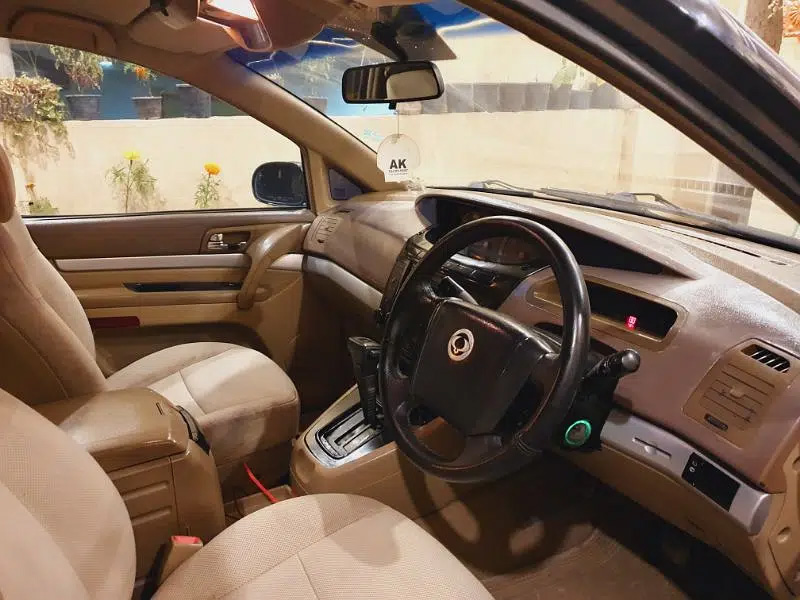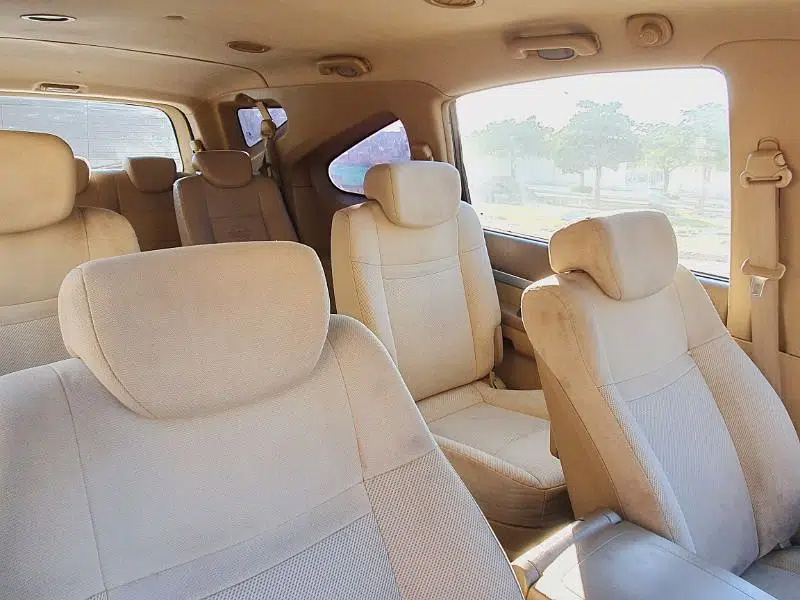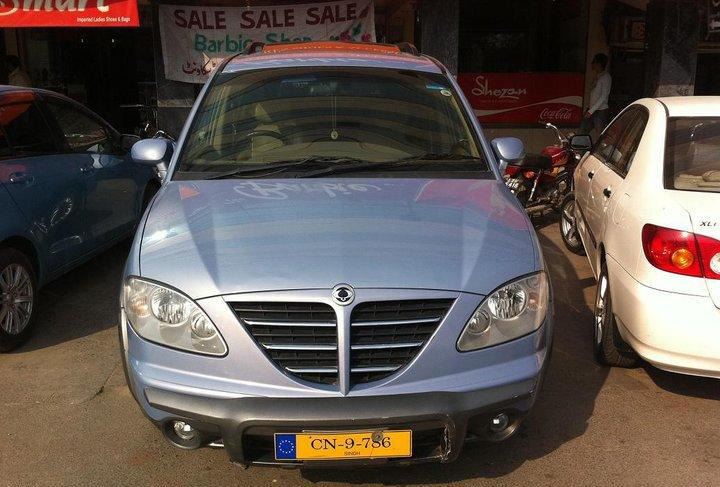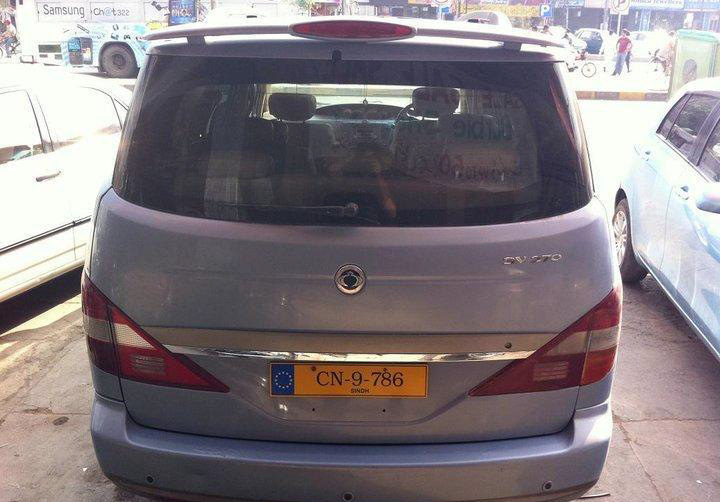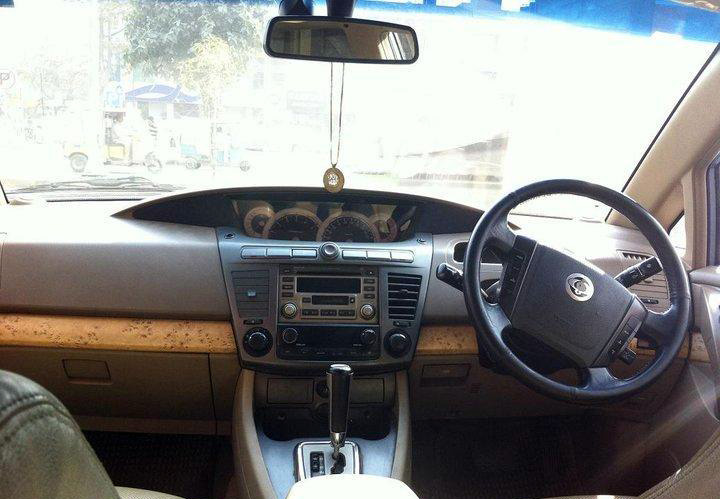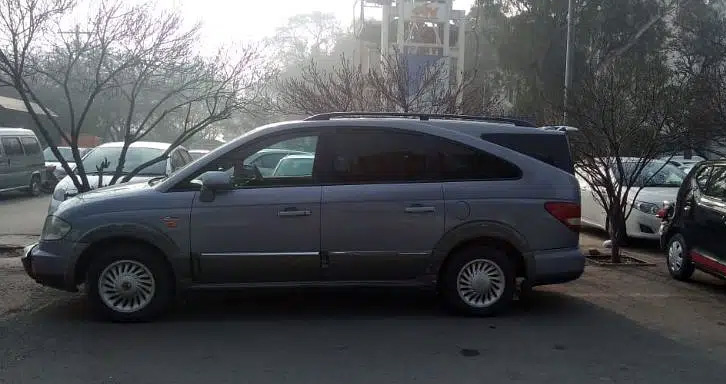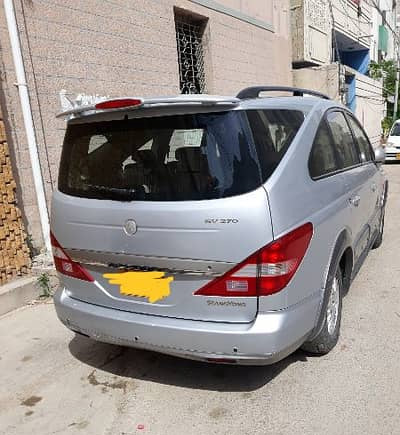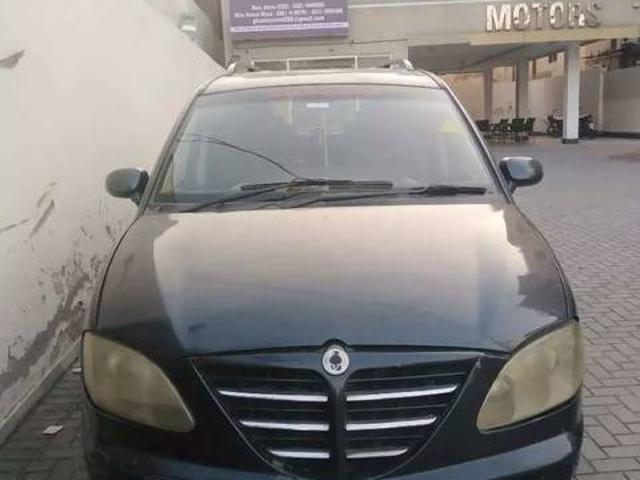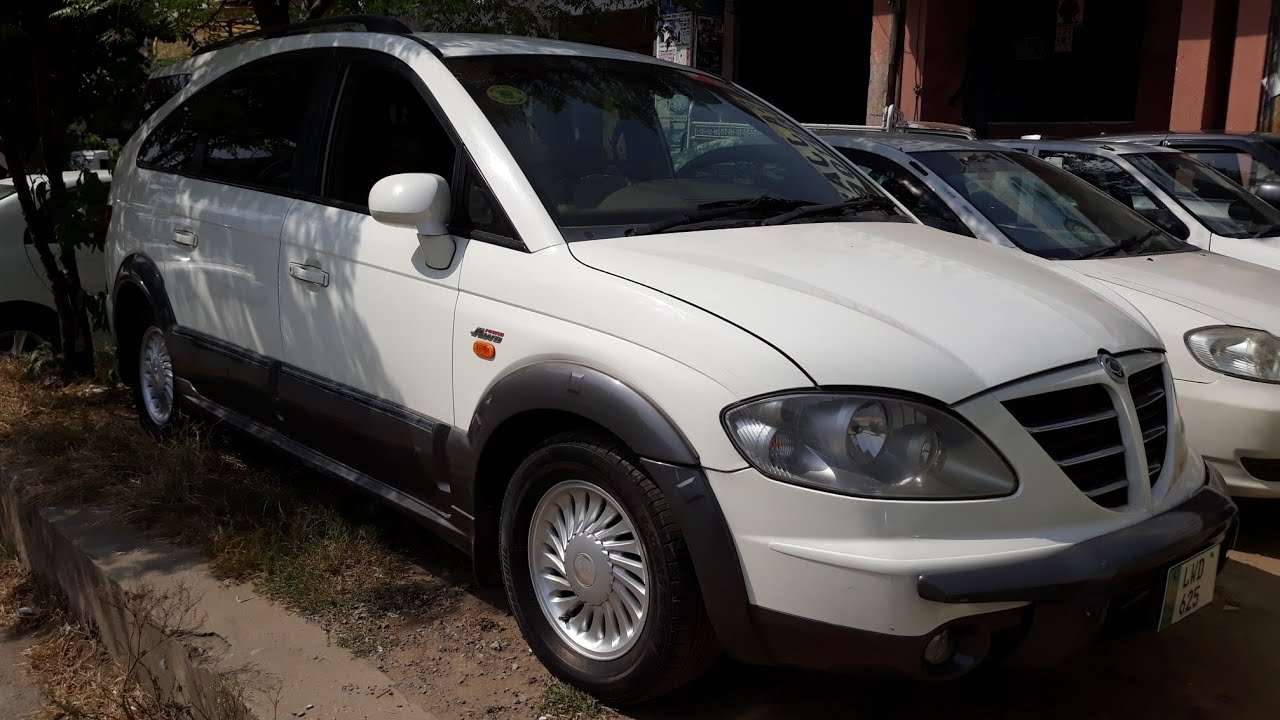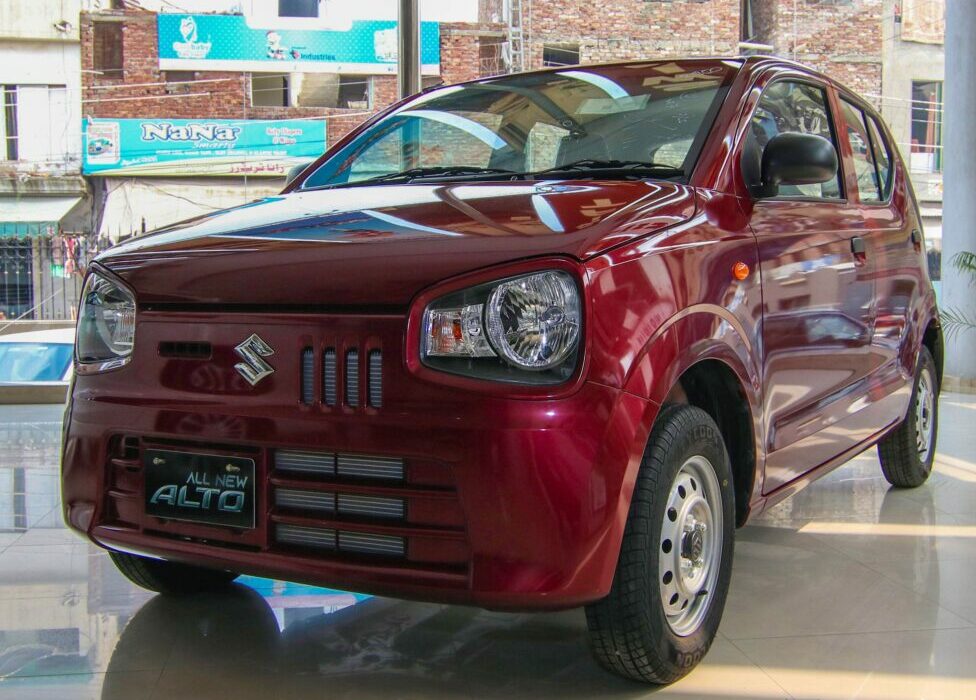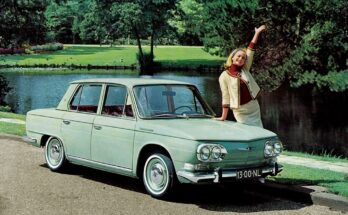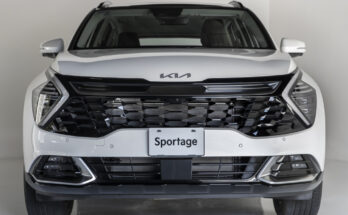Some say that during the Musharraf era, without a formal automobile policy, the masses had more car-buying options than today. With a mix of imported and locally assembled vehicles, there was a wide variety to choose from across every segment, including brand-new cars and the surge of used JDM imports, which truly gained momentum during that period.
Cars such as the Chery QQ, Chevrolet Joy, Adam Revo, Fiat Uno, and Hyundai Santro were there among the hatchbacks in addition to the known Suzukis we were exposed to. The sedan segment had a wide variety of options such as the Kia Classic, Proton Saga, Proton Wira, Chevrolet Aveo, Geely CK, Mitsubishi Lancer, Proton Gen-2 aeroback & Nissan Sunny in addition to the Corolla, Civic, City & Baleno/ Liana. Then there were options including Kia Spectra, Chevrolet Optra, Proton Impian, Mitsubishi Galant, Hyundai Sonata & Nissan Cefiro in addition to the likes of Toyota Camry & Honda Accord for those with a preference for a larger saloon. And adding the likes of used JDM imports, the options were simply unlimited.
Related: Remembering Cars from the Previous Decade
But it wasn’t just about the hatchbacks & sedans since there were players who were competing in segments not known for the volume buyers. Among those was SsangYong, the South Korean automaker which under the umbrella of World Automobiles in Pakistan, was offering an imported range of Rexton crossover SUVs, the Chairman luxury saloon as well as the Stavic luxury MPV. While sales of SsangYong vehicles were limited, it was the Stavic that somehow managed to become the better-selling ones (among what SsangYong had to offer) in the short tenure of the South Korean automaker’s lifespan in Pakistan between 2005 and 2008.
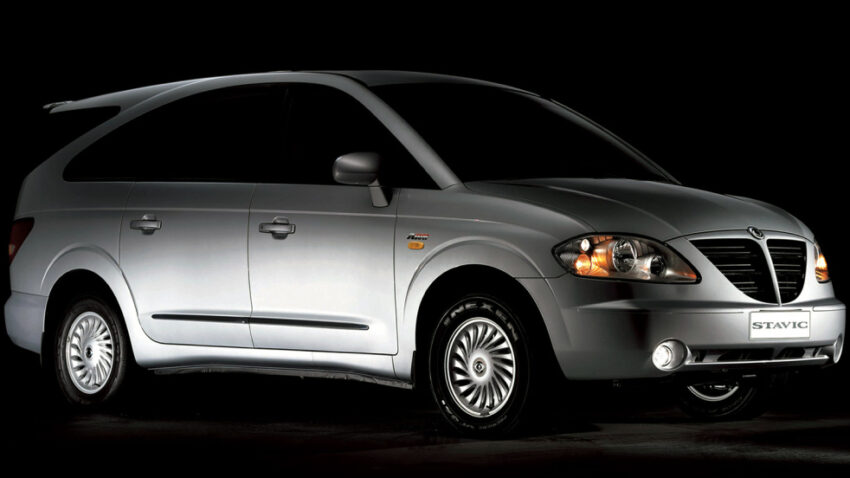
The Stavic back then offered us what the Kia Grand Carnival gave us in 2018, a luxury vehicle with a powerful engine under its hood, capable of carrying up to 11 people with ease. But its biggest problem was probably the way it looked, as the car (which was also sold as Rodius in other parts of the world) was crowned as the “ugliest car ever designed” by various automotive pundits around the globe. However, it wasn’t that bad in my personal opinion apart from the front grille which could have been straightened from the lower end. Although they did incorporate this tweak in the facelift versions, which made it look a lot better at least from the front, still the facelift never reached here.
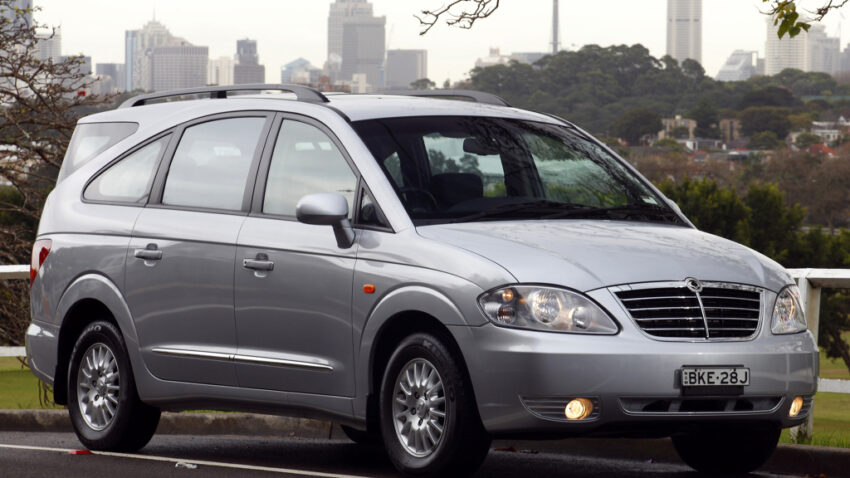
It is said that when SsangYong started to build its brand awareness worldwide, the company didn’t consider that it needed a good car designer, and Stavic was living proof. Although the vehicle was designed by Ken Greenley, a respectable professor & former head of the automotive design course, who ran the transportation design school at London’s Royal College of Art, still he wasn’t able to pull off a respectable design and drew much criticism as far as the looks were concerned. The design goal was to capture the essence of a luxury yacht but it somehow backfired.
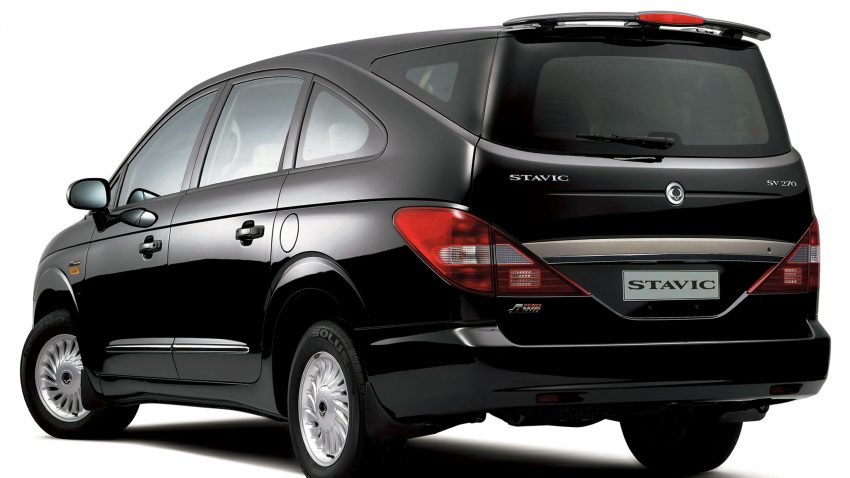
The long curved lines, big headlights, and rounded hood were not so pleasant-looking. On the sides, an arched line combined the A-pillars, the roof line, and the D-pillars. But he realized that the car needed a different ending and installed an additional area behind, like a backpack. The tailgate was huge and crossed by various lines and shapes to make it look smaller.
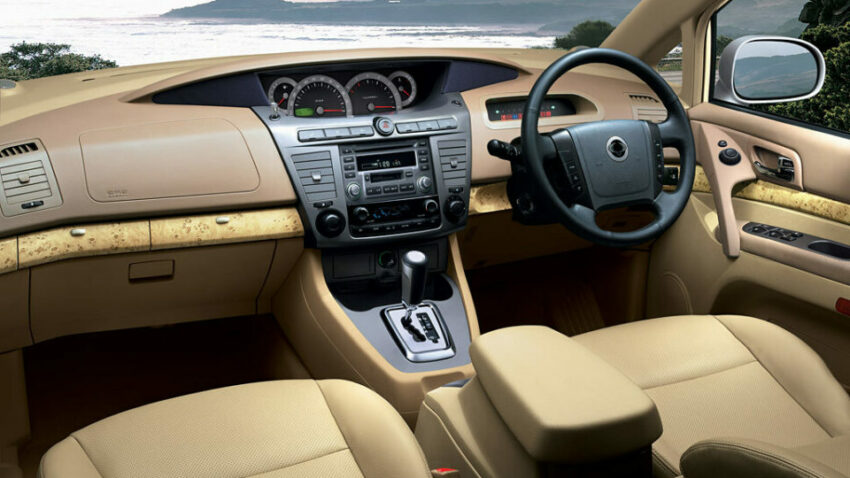
However, Stavic was quite impressive from the inside with a beige/brown color-coded interior (base variants had grey/black) featuring a wide dashboard having the instrument cluster installed in the middle. Its wide speedometer could be read even by the passengers from the third-row seats. SsangYong offered a choice of a bench for three or a pair of captain seats in the middle depending on the configuration. It was a comfortable vehicle with plenty of legroom and headroom for 7 to up to 11 adults. In 7-seat variants, the seats could also slide fore and aft on rails, and turn 180 degrees to allow passengers to face each other. Each seat also had an embedded back-table much like you seen in an airplane.
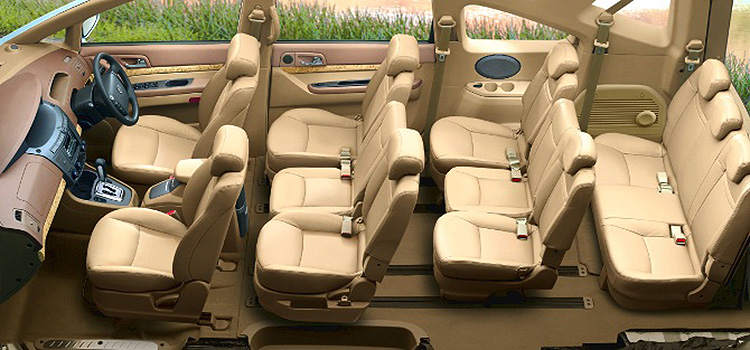
Stavic like most SsangYong vehicles, carried licensed Mercedes-Benz engines under its hood. There was a 3.2L 6-cylinder petrol engine (217hp & 309Nm) and a 2.7L common rail diesel engine (162hp & 342Nm). It was available in 2WD (rear-wheel drive) and AWD variants with power sent to the wheels via either a 6-speed manual or a 5-speed automatic gearbox. Its AWD relied on the rear-wheel-drive system, and would automatically transfer torque to the front axle when the road conditions required it.
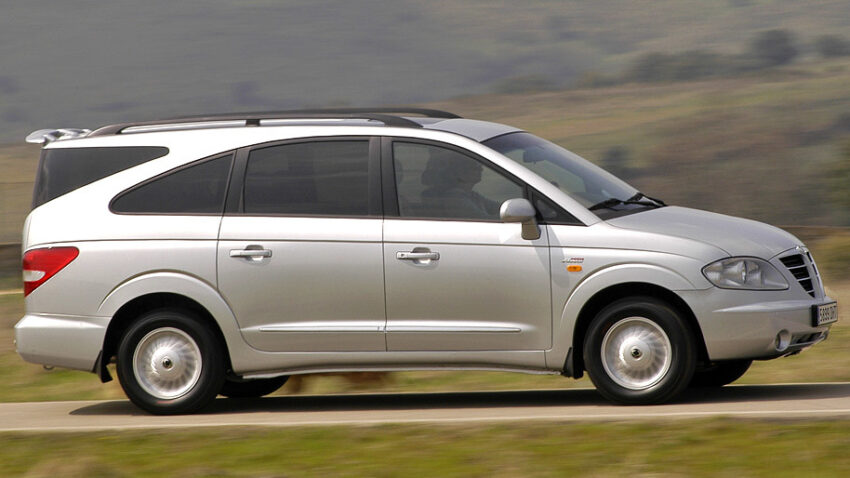
In terms of dimensions, the Stavic was 5,126mm long, 1,915mm wide, and 1,821mm tall with a generous 3,000mm wheelbase. For the sake of comparison, it was longer and taller than the 3rd gen Kia Grand Carnival however its width & wheelbase were slightly shorter.
| Parameter (mm) | Stavic | Carnival |
| Length | 5,126 | 5,115 |
| Width | 1,915 | 1,985 |
| Height | 1,821 | 1,755 |
| Wheelbase | 3,000 | 3,060 |
In terms of features & equipment, the Stavic was mindbogglingly rich. The list included Air conditioning with dual-zone climate control, rear air vents, power steering, front, and rear power windows, heated door mirrors, leather-covered multi-function steering wheel with tilt adjustment, audio system with AM/FM, CD player, and cassette, 6 speakers, driver seat with height adjustment, lumbar adjustment and seat back table, bucket passenger seats with seat back table, 12v power outlet: cargo and front, cigar lighter for front & rear seat rows, reading lights, passenger vanity mirror, external temperature & clock, front and rear seat center armrest, remote power locks for trunk/hatch, etc to name a few.
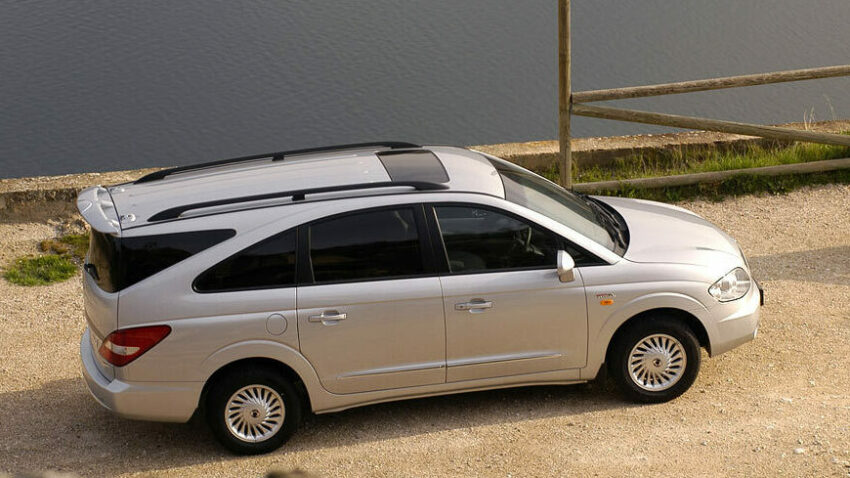
As for safety, the Stavic offered dual front airbags, height adjustable 3-point seatbelts with pre-tensioners for driver & front passenger, 4-wheel ventilated disc brakes with ABS and EBD, engine immobilizer, and acoustic reverse parking sensors. In terms of price the Stavic wasn’t too expensive considering the fact that back in those days, it came cheaper than the 5-seat Hyundai Terracan, Kia Sportage, Nissan X-Trail, as well as saloons including Toyota Camry and Honda Accord. For detailed prices of cars from that era, click here. The SsangYong Stavic variants in Pakistan were priced as:
| Stavic 2WD Standard M/T | Rs. 1,825,000 |
| Stavic 2WD Fully Loaded M/T | Rs. 2,295,000 |
| Stavic 4WD Fully Loaded M/T | Rs. 2,440,000 |
| Stavic 4WD Fully Loaded A/T | Rs. 2,670,000 |
But like many of those options, the SsangYong cars alongside other imported brands such as Mitsubishi, Proton, Geely, Chevrolet, Hyundai & Kia disappeared from the scene by 2008 due to volatile economic situations, rising Dollar value, and unrealistic import conditions. Today, although the SsangYong Rexton & Chairman are nowhere to be seen, you can still come across the Stavic, most of which have swapped engines under the hood and are available for sale on various classified websites with prices hardly around Rs 1.8 million or below (Karachi market).
Related: The Story of Adam Revo
If someone has courage to keep these kinds of vehicles today and can source the necessary mechanical parts, the Stavic is still a good buy considering the sort of luxury and drive comfort it offers. More importantly, it can accommodate up to 11 passengers, a load that would otherwise require two sedans, and even then, you’d need to squeeze everyone in to make it work. The Stavic was a nice vehicle, perhaps underrated. It wasn’t too costly and with all the features it had to offer, it literally punched above its weight. Sad that it didn’t survive for long.
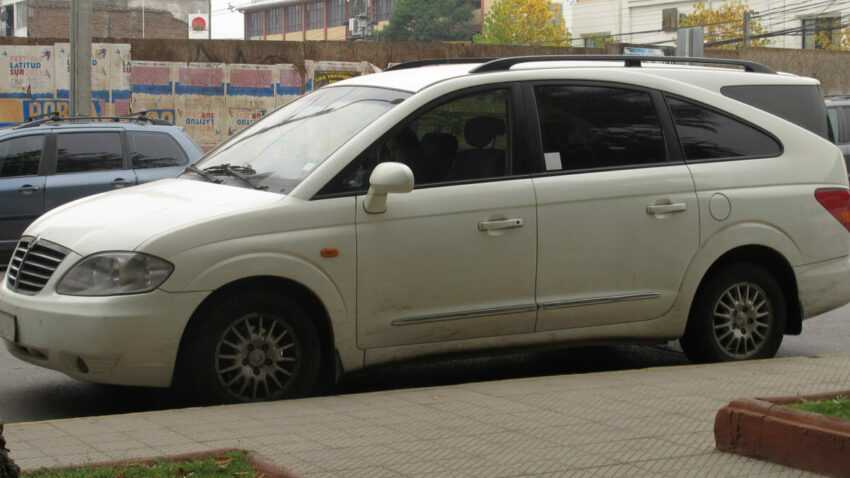
In 2018/19, SsangYong was in the process of making a comeback in Pakistan partnered with Dewan Group but the project wasn’t able to materialize due to troubles with both the local partner as well as the company itself. Later, SsangYong which was the 4th largest South Korean automaker, filed for bankruptcy in December 2020 and is currently under court receivership. The parent Mahindra Group has decided to sell it to a 6-year-old electric vehicle startup named Edison Motors. The deal is said to be worth around $260 million.
Various SsangYong Stavic in Pakistan

A computer animation professional with over 23 years of industry experience having served in leading organizations, TV channels & production facilities in Pakistan. An avid car enthusiast and petrolhead with an affection to deliver quality content to help shape opinions. Formerly written for PakWheels as well as major publications including Dawn. Founder of CarSpiritPK.com

